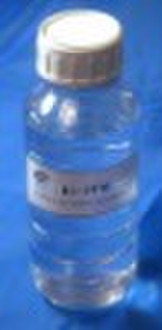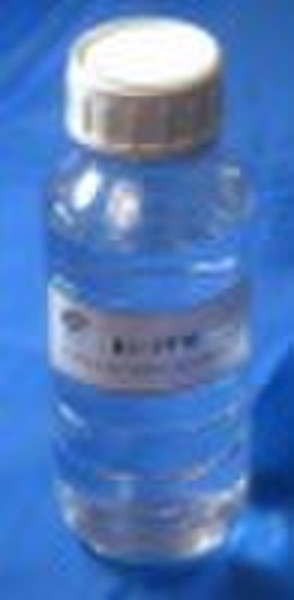Catalog
-
Catalog
- Agriculture
- Apparel
- Automobiles & Motorcycles
- Beauty & Personal Care
- Business Services
- Chemicals
- Construction & Real Estate
- Consumer Electronics
- Electrical Equipment & Supplies
- Electronic Components & Supplies
- Energy
- Environment
- Excess Inventory
- Fashion Accessories
- Food & Beverage
- Furniture
- Gifts & Crafts
- Hardware
- Health & Medical
- Home & Garden
- Home Appliances
- Lights & Lighting
- Luggage, Bags & Cases
- Machinery, Hardware & Tools
- Measurement & Analysis Instruments
- Mechanical Parts & Fabrication Services
- Minerals & Metallurgy
- Office & School Supplies
- Packaging & Printing
- Rubber & Plastics
- Security & Protection
- Service Equipment
- Shoes & Accessories
- Sports & Entertainment
- Telecommunications
- Textiles & Leather Products
- Timepieces, Jewelry, Eyewear
- Tools
- Toys & Hobbies
- Transportation
Filters
Search
Propylene glycol phenyl ether

VIVIAN YANG
Contact person
Basic Information
| CAS No. | 770-35-4 |
|---|---|
| Place of Origin | Liaoning China (Mainland) |
| Purity | 90% |
| Classification | High Purity Reagents |
KL-PPH Chemical name Propylene glycol phenyl ether Synonym(s) 1-phenoxy-2-propanol Propylene phenoxetol CAS No. 770-35-4 Specification Appearance Assay%ColorAPHAPH 1%aq.solution Light yellow to colorless liquid ≥90.0≤1005.0-7.0Application: PPH is nontoxic and environmental and has remarkable impacts on reducing the VOC of the coatings. Its a strong solvent for alkyd resin, epoxy resin, acrylic resin, etc. Because of high boiling point, good miscibility, moderate evaporation rate, good coalescing and coupling ability, PPH can provide excellent flow and leveling, luster, while helping prevent coating defects such as pinholing, orange peel, cracking and popping. PPH can substitute for Isophorone, anone, dibasic ester, benzyl alcohol, ethylene glycol ether, other propylene glycol ether, etc. On the same condition, such as luster, fluidity, color-folding properties, cleaning resistance, etc., the usage of PPh is decreased to 30 50% as compared with common film-forming auxiliaries. Because of excellent coalescing ability, PPH can make the comprehensive film-forming efficiency increase 1.5 2 fold and remarkably reduce the production cost, PPH is added 3.5 5% in most of emulsions and minimum film-forming temperature (MMFT) can reach to -1. PPH is widely used in top-grade automobile coatings,automobile repair coatings, electrophoresis coatings, shipping and container coatings, architecture coatings, furnature coatings. It is also used as protective agent in printing ink, paint remover, adhesives, insulated materials, cleaning agent, perfumes for soap and cosmetics, coupling agent for dissolving of dye. Usage It is recommended that the PPh is added before emulsion or when pigments are ground, so that it can easily couple with other substances in the formulation, and achieve better emulsifing and dispersing effect, while having no effects on the stability of pigments, etc. Generally speaking, PPH is added 3.5 6% in purified acrylic ester photopolymer emulsions, 2.5 4.5% in vinyl acetate-acrylic ester emulsions, 2 4% in styrene - acrylic ester copolymer emulsions.
Delivery terms and packaging
Port: Dalian
Payment term
Letter of credit
Telegraphic transfer
-
Payment Methods
We accept:









